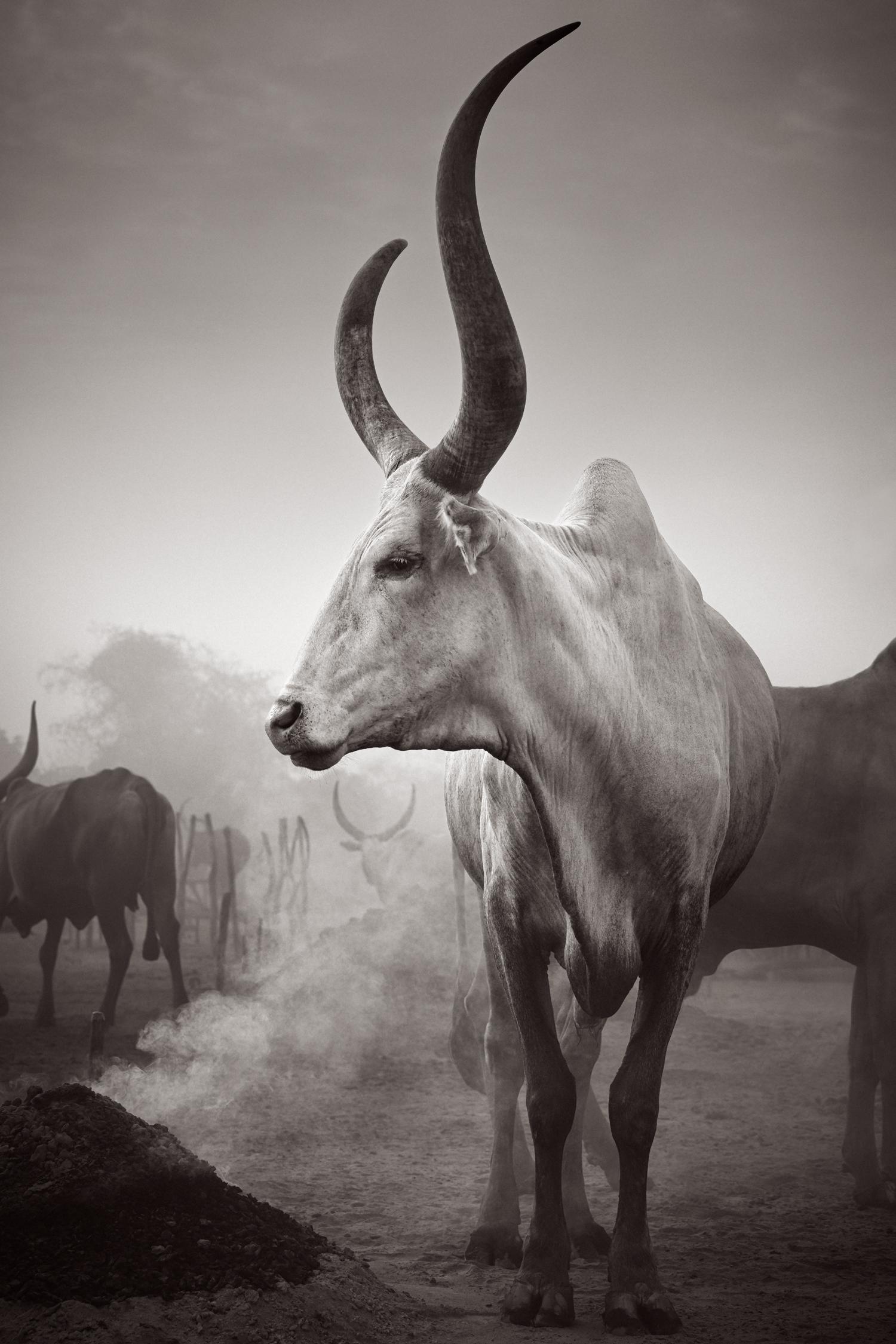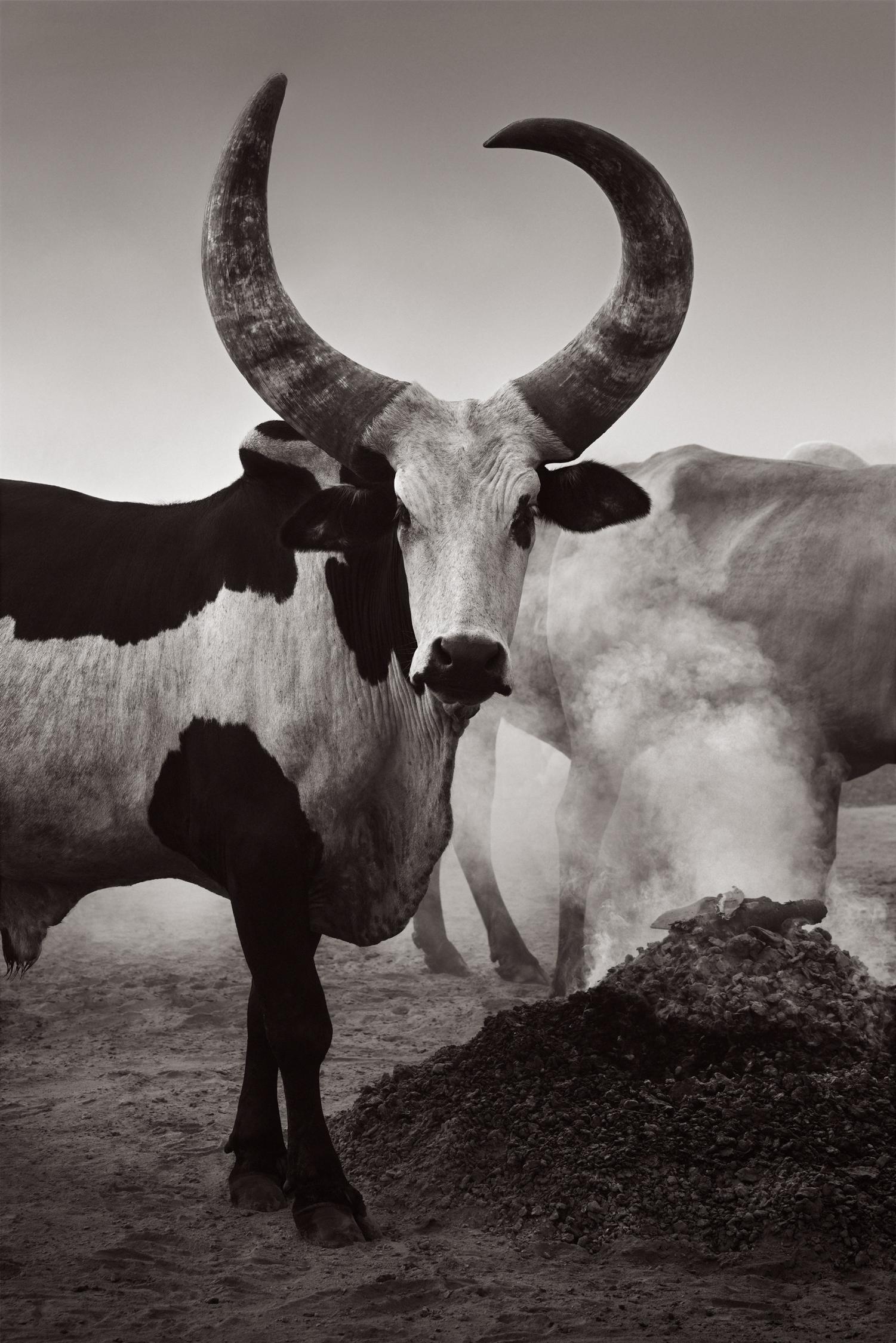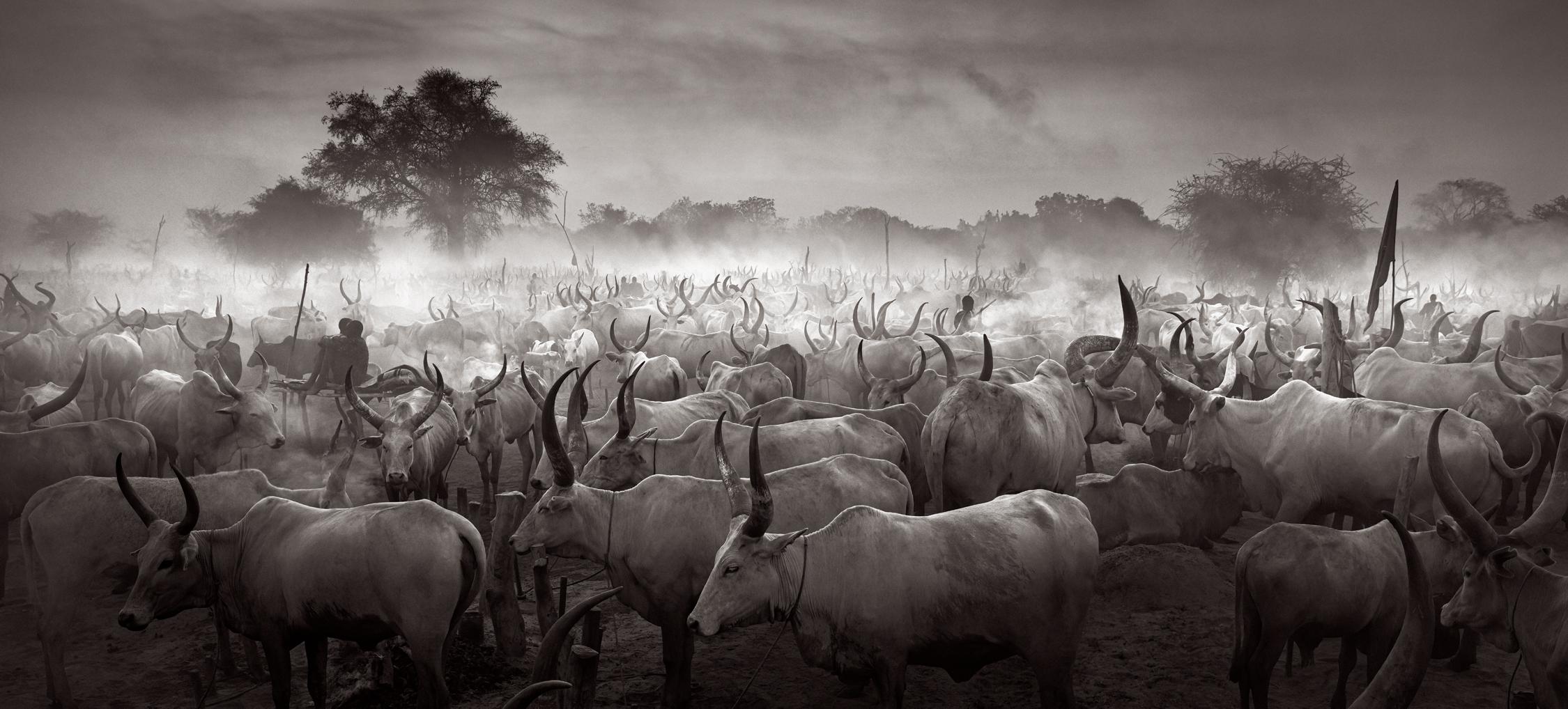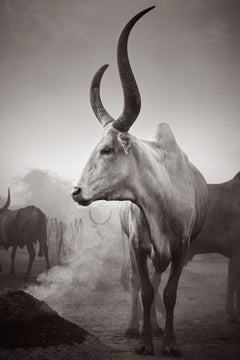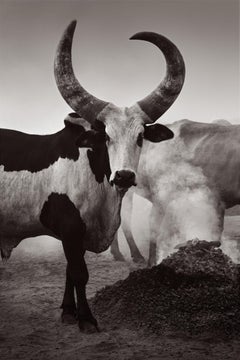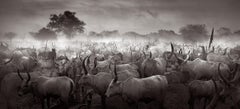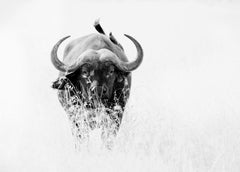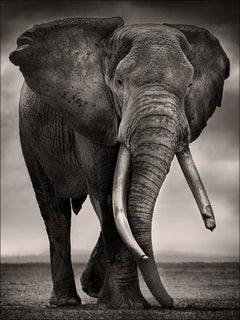Drew DoggettBlack and White Portrait of an Ancient Breed of Cattle, East Africa2023
2023
About the Item
- Creator:
- Creation Year:2023
- Dimensions:Height: 24 in (60.96 cm)Width: 36 in (91.44 cm)Depth: 0.1 in (2.54 mm)
- More Editions & Sizes:38 x 57 inchesPrice: $7,500
- Medium:
- Movement & Style:
- Period:
- Framing:Framing Options Available
- Condition:
- Gallery Location:SC
- Reference Number:Seller: Watusi in Profile1stDibs: LU1383212355272
Drew Doggett
Known for a style that's best described as breathtaking, American photographer Drew Doggett captures the actions of horses, wild animals and far-flung peoples in a way that makes the images feel larger than their border can contain. Each shot is so energized with life that the stillness of the photo feels only temporary.
Born in Maryland in 1984, Doggett discovered a passion for photography in high school. He also developed a zeal for travel, accompanying his father — who was an architect —- on many trips all over the world. After receiving a bachelor’s degree from Vanderbilt University, Doggett's desire to turn his artistic interest into a career brought him to New York City, where he worked as a fashion photography assistant to some of the most notable names in the field, including Annie Leibovitz, Mark Seliger and Steven Klein. These apprentice years brought him face to face with many people of great importance, such as American pop star Madonna, South African Bishop Desmond Tutu and former U.S. President Barack Obama.
Doggett’s life and career took a dramatic turn in 2009, on a photographic expedition to Nepal. He had found the world of fashion photography unfulfilling and decided he needed to pursue other avenues for practicing his art. On one outing during this trip, Doggett and his party found themselves caught in a terrifying snowstorm. The accompanying sherpas kept the group safe and guided them back to safety.
Doggett became inspired to visually tell the stories of Nepalese sherpas and the Humla people of the region. Doggett has since produced volumes of photographic tales depicting the character and beauty of cultures around the world — especially underrepresented peoples of Africa and Asia — as well as countless equestrian, wildlife and landscape images.
Doggett currently lives and works in Charleston, South Carolina, where he continues to plan photographic excursions and pursue visual stories the world over for his camera to tell.
Find original Drew Doggett portrait photography, landscape photography and abstract photography on 1stDibs.
- ShippingRetrieving quote...Shipping from: SC
- Return Policy
More From This Seller
View All2010s Minimalist Black and White Photography
Archival Pigment
2010s Minimalist Black and White Photography
Archival Pigment
2010s Minimalist Black and White Photography
Archival Pigment
2010s Minimalist Black and White Photography
Archival Pigment
2010s Minimalist Black and White Photography
Archival Pigment
2010s Minimalist Photography
Archival Pigment
You May Also Like
2010s Contemporary Black and White Photography
Archival Ink, Archival Paper
2010s Contemporary Black and White Photography
Archival Pigment
21st Century and Contemporary Contemporary Landscape Photography
Archival Pigment
2010s Contemporary Black and White Photography
Archival Pigment
21st Century and Contemporary Contemporary Black and White Photography
Archival Pigment
21st Century and Contemporary Contemporary Black and White Photography
Archival Pigment
